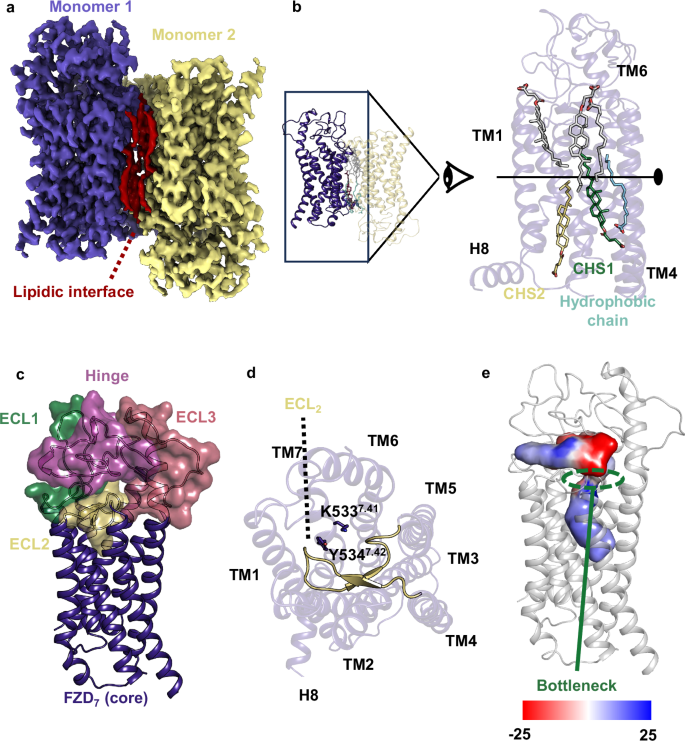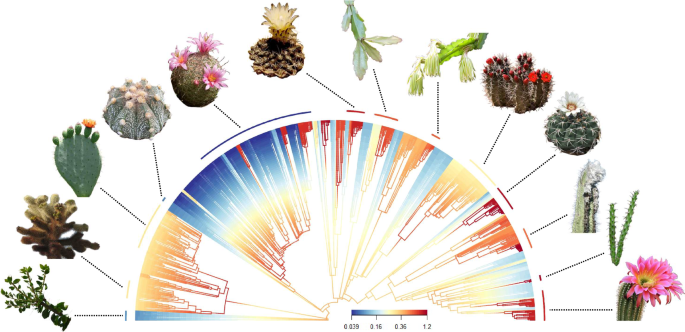2024-08-29 カロリンスカ研究所(KI)
<関連情報>
- https://news.ki.se/new-knowledge-about-cell-receptors-paves-the-way-for-new-drugs-against-intestinal-tumours
- https://www.nature.com/articles/s41467-024-51664-4
フリズル7の活性化とアロステリック制御の構造的基盤 Structural basis of frizzled 7 activation and allosteric regulation
Julien Bous,Julia Kinsolving,Lukas Grätz,Magdalena M. Scharf,Jan Hendrik Voss,Berkay Selcuk,Ogün Adebali & Gunnar Schulte
Nature Communications Published:28 August 2024
DOI:https://doi.org/10.1038/s41467-024-51664-4

Abstract
Frizzleds (ten paralogs: FZD1-10) belong to the class F of G protein-coupled receptors (GPCRs), which remains poorly understood despite its crucial role in multiple key biological functions including embryonic development, stem cell regulation, and homeostasis in the adult. FZD7, one of the most studied members of the family, is more specifically involved in the migration of mesendoderm cells during the development and renewal of intestinal stem cells in adults. Moreover, FZD7 has been highlighted for its involvement in tumor development predominantly in the gastrointestinal tract. This study reports the structure of inactive FZD7, without any stabilizing mutations, determined by cryo-electron microscopy (cryo-EM) at 1.9 Å resolution. We characterize a fluctuating water pocket in the core of the receptor important for FZD7 dynamics. Molecular dynamics simulations are used to investigate the temporal distribution of those water molecules and their importance for potential conformational changes in FZD7. Moreover, we identify lipids interacting with the receptor core and a conserved cholesterol-binding site, which displays a key role in FZD7 association with a transducer protein, Disheveled (DVL), and initiation of downstream signaling and signalosome formation.

